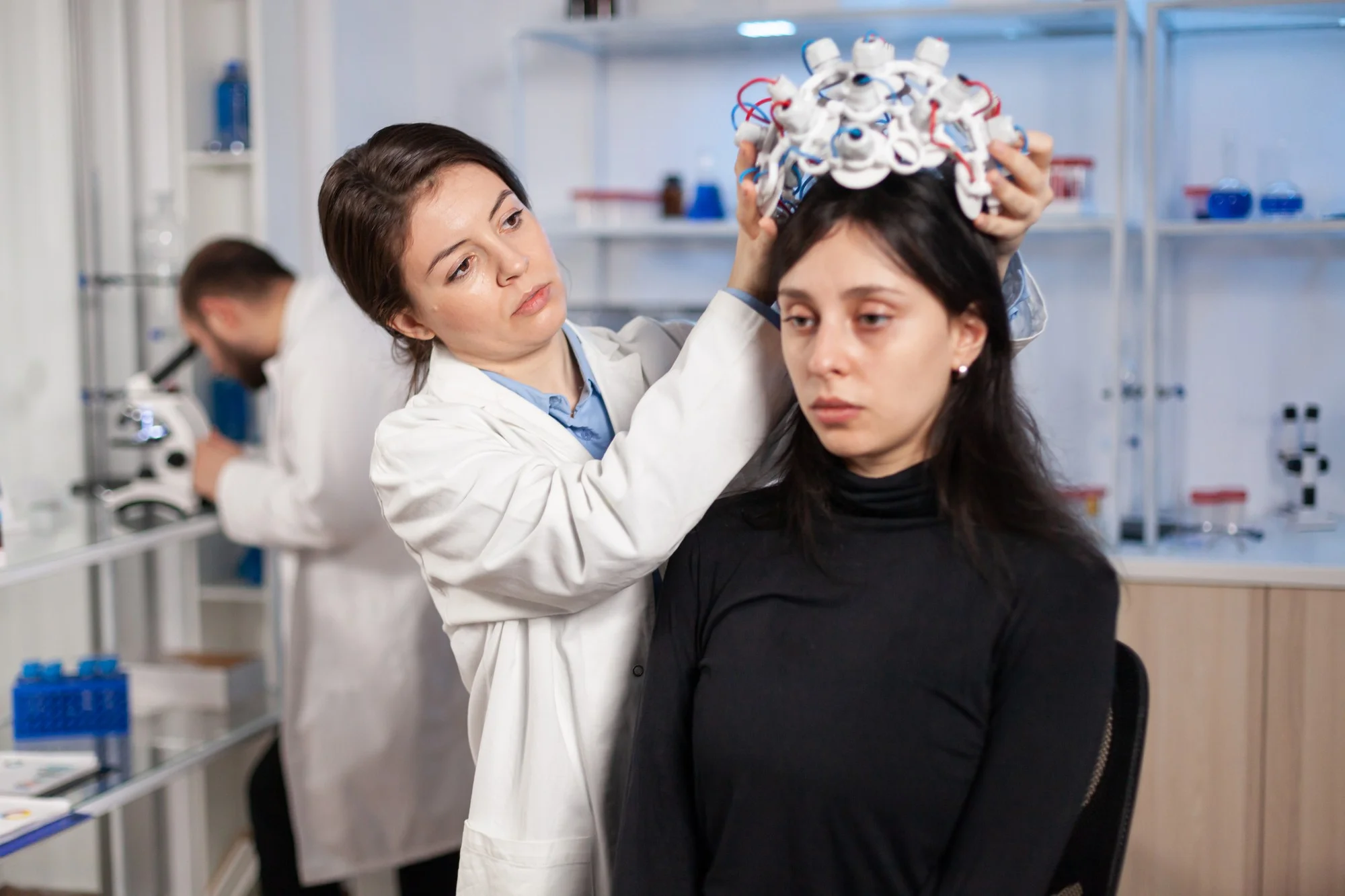In a recent study published in “Nature Chemical Biology,” a team of researchers led by Kazuma Sakamoto and Kenji Kadomatsu from Nagoya University Graduate School of Medicine, have unveiled the role of glycan sulfation patterns in defining autophagy flux at the axon tip. Their research, which involved the synthesis of a library of heparan sulfate (HS) octasaccharides, coupled with the examination of synthetic chondroitin sulfate (CS) oligomers, sheds light on the intricate cellular mechanisms that influence nerve regeneration.
The findings of the study (DOI: 10.1038/s41589-019-0274-x) could have significant implications for the understanding of nervous system injuries and diseases where axon regeneration is affected. Before delving into the details of the study, the role of glycans in nerve regeneration is crucial to understand.
Glycosaminoglycans (GAGs) like CS and HS are polysaccharides that play a pivotal role in cell communication and molecular processes in the nervous system. CS is known to inhibit axonal growth while HS promotes it. The research team sought to understand how these two types of sulfated glycans interact with the receptor-type protein tyrosine phosphatase PTPRσ, which is known to be a key player in axonal regeneration.
Key Discoveries Unfold
Through the creation of a variety of HS octasaccharides, the researchers were able to demonstrate that PTPRσ has a higher affinity for CS-E, a rare sulfation pattern found in natural CS, and most HS oligomers that bear sulfate and sulfamate groups. Sakamoto et al. have indicated that both CS and HS can bind to PTPRσ due to this preference, but it’s the length of the glycan segment that determines the ultimate effect on nerve regeneration.
Further investigation revealed that CS activates PTPRσ, which then dephosphorylates cortactin, a protein identified through this study as a new substrate of PTPRσ. This interaction disrupts the autophagy flux at the critical autophagosome-lysosome fusion step, a process that is essential for the degradation and recycling of cellular components.
This disruption in autophagy flux is not just a byproduct but actually required and sufficient for the formation of so-called “dystrophic endballs”, which are hallmarks of unsuccessful axonal regeneration attempts. The formation of these dysfunctional structures can impede the growth of axons, thus highlighting the importance of glycan sulfation patterns in nervous system repair.
A Leap Forward in Neurobiology
The research extends our comprehension of the molecular underpinnings of nerve injury and potentially steers new treatment strategies for spinal cord injuries, stroke, and neurodegenerative diseases. By manipulating glycan sulfation patterns, it may be possible to control PTPRσ activity, thereby influencing the regeneration of axons and offering hope for recovery in neurological disorders.
Moreover, the study underscores the complexity of the extracellular matrix (ECM) in nervous tissue health and disease. It opens the door to further studies on the interface between glycobiology and autophagy, enhancing our understanding of how cellular turnover processes are linked to tissue regeneration.
Implications and Future Directions
The findings of this study have far-reaching implications. In the context of therapeutic development, identifying molecules that can modulate the activity of PTPRσ through glycan interactions can be a promising avenue. This could lead to new regenerative medicine approaches for injuries and diseases of the nervous system.
Moving forward, the team at Nagoya University and collaborators across different institutions aim to study the interplay between glycan diversity and various biological processes. By exploring the myriad ways that sugars can shape biological outcomes, they hope to unlock new potential treatments and interventions for a range of conditions.
References:
Sakamoto, K., Ozaki, T., Ko, Y.-C., Tsai, C.-F., Gong, Y., Morozumi, M., … Kadomatsu, K. (2019). Glycan sulfation patterns define autophagy flux at axon tip via PTPRσ-cortactin axis. Nature Chemical Biology, 15(7), 699–709. https://doi.org/10.1038/s41589-019-0274-x
Keywords
1. Glycan sulfation and axonal regeneration
2. PTPRσ receptor in nerve regeneration
3. Chondroitin sulfate and heparan sulfate in neurobiology
4. Autophagy flux in neuronal cells
5. Cortactin in nerve injury repair
The current research serves as a beacon of hope in the field of neurobiology. By deciphering the chemical language that dictates nerve regeneration, we edge closer to strategies that repair and restore nervous system function. As we continue to unravel the complexities of glycan interactions, the potential to alter the path of neurological conditions through informed molecular interventions becomes increasingly tangible.
